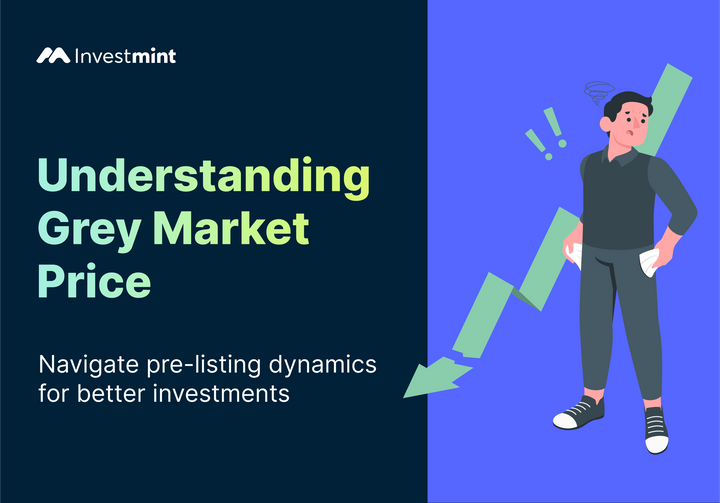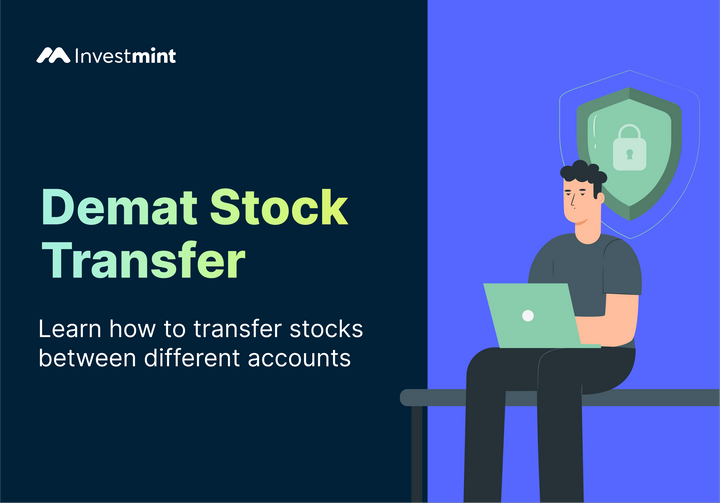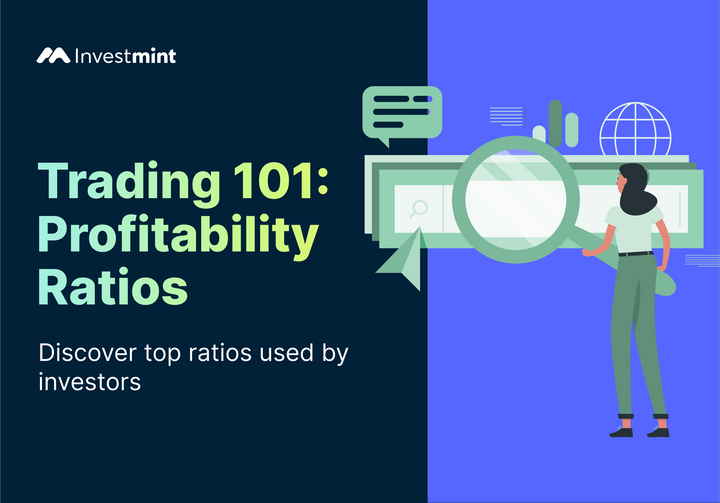What Are The Gap Up and Gap Down Trading Strategies?
Gap-up and gap-down openings are very common in stock markets. Learn how to interpret them and trade gaps.

Introduction
Have you ever wondered about those sudden jumps or drops in stock prices when the market opens? Well, that's what we call Gap Up and Gap Down.
But it's not just random chaos – a whole trading strategy is behind it. Understanding the statistical tendencies of gap behaviour is crucial for traders looking to harness the Gap Up and Gap Down strategy.
In this article will dive into this fascinating world where market dynamics and trading tactics intersect.
What Is Gap Trading?
Gap trading in the stock market is a strategy that focuses on price gaps, mainly when a stock opens significantly higher (a "gap up") than its previous day's closing price. This gap occurs for various reasons like positive news, robust earnings reports, or market sentiment changes overnight.
Gap trading involves identifying and analysing these gaps and then making trading decisions based on the expectation that the price will continue to move in the direction of the gap.
Types Of Trading Gaps
There are three main trading gaps that we can see in the stock market.
- Breakaway Gap: This type of gap occurs when a stock or other trading instrument breaks out of a well-defined trading range or a significant technical pattern. It usually signals the start of a new solid trend. Traders often see breakaway gaps as an opportunity to join a trend early and take positions toward the gap.
- Continuation Gap: A continuation gap forms within an existing trend, suggesting that the prevailing trend will continue. This gap indicates that the market's momentum is still strong, and traders might consider adding to their existing positions to ride the trend further.
- Exhaustion Gap: Exhaustion gaps are typically observed at the end of a trend, indicating that the current trend might be losing steam. Traders interpret these gaps as a sign that the market is becoming saturated with buyers (uptrend) or sellers (downtrend). It's a cautionary signal, suggesting it might be time to consider closing or reversing positions.
Let’s Understand Trading the Gap With An Example
Suppose you're an investor, and you've been following a well-known Indian company named "Sunrise Electronics." The company is scheduled to release its quarterly financial results, and you've been closely monitoring its stock.
Here's the scenario:
- Previous Day's Closing Price: The day before Sunrise Electronics announced its quarterly results, the stock closed at ₹800 per share.
- Earnings Announcement Day: On the earnings announcement day, the stock market opens, and you notice that Sunrise Electronics starts trading at ₹900 per share. This is a substantial gap up from the previous day's closing price of ₹800.
Gap Analysis:
As a gap trader, you notice:
The stock gap-up of ₹100 per share signals that the market is responding positively to 'Sunrise Electronics' earnings report.
It suggests that investors have high expectations for good financial results, leading to this bullish sentiment.
Trading Decision:
Now, you have a few options:
- Go Long: You can buy Sunrise Electronics shares at the opening price of ₹900, expecting the positive momentum to continue following the earnings report.
- Set a Stop-Loss: You could set a stop-loss order to manage your risk, say at ₹880. If the stock declines, your position will automatically be sold at this price to limit potential losses.
- Monitor Volume: Pay attention to trading volume. A high trading volume on the gap-up day can indicate strong buying interest, boosting your confidence in the trade.
Gap-Up & Gap-Down Strategy
Let’s see what is a gap-up in stocks while also understanding the gap-down trading strategy.
How to Predict Gap-Up and Gap-Down
It is understandable how challenging predicting gap-up and gap-down movements in the stock can be, as they often result from unexpected news or events. However, as a trader, you can use various tools and strategies to anticipate these gaps somewhat.
Here are some key points to help you understand how to predict gap-up and gap-down movements:
Predicting Gap-Up:
- News and Events: You must keep a close eye on news related to the stock or the market as a whole. As positive news like earnings surprises, new contracts, or regulatory approvals often lead to gap-up openings.
- Technical Analysis: Study price charts and technical indicators. Try looking for patterns like ascending triangles or bullish flags that suggest potential breakouts to the upside.
- Market Sentiment: Monitor market sentiment indicators, such as the VIX (volatility index) or investor surveys. Generally, a sudden decrease in market fear or increased optimism precedes gap-ups.
- Earnings Season: During earnings season, review analyst estimates and guidance. You see a gap-up in stocks if a company reports better-than-expected earnings and revenue.
Predicting Gap Down:
- Negative News: Pay close attention to negative news like earnings disappointments, lawsuits, product recalls, or economic downturns as these can trigger gap-down openings.
- Technical Patterns: Look for bearish technical patterns like descending triangles or head and shoulder formations— they signal potential breakdowns.
- Market Indicators: Watch market indicators like the VIX for increased volatility or pessimism, which is a precursor to gap-down moves.
- Global Events: Stay current about international news and events (like geopolitical tensions or economic crises) that can impact the global markets.
- Economic Data: Economic reports like unemployment numbers or GDP growth can influence market sentiment. Unexpectedly, poor data can lead to gap-down openings.
How to Trade Gaps?
Imagine you're a trader in the stock market, and you've just spotted a significant gap on your stock chart. Maybe a stock you're following opened much higher (a "gap up") or lower (a "gap down") than it closed the previous day.
Let’s see how you can make the most of this situation.
- Step 1: Identify the Gap
The first step is to recognise that there's a gap. Look for a clear difference between the previous day's closing price and the current day's opening price. This gap is the foundation of your trade.
- Step 2: Understand the Reason for the Gap
Try to understand why this gap happened. Did the company release a fantastic earnings report? Did they win a big contract? Or perhaps there was negative news or a broader market downturn. Understanding the cause gives you context for your trade.
- Step 3: Decide Your Trading Approach
Now, here comes the decision-making part:
For Gap-Up Opening Stock (Stock Opens Higher): If it's a gap up, it often means there's positive sentiment. You might decide to buy the stock right when the market opens, betting that the positive momentum will continue.
For Gap Down (Stock Opens Lower): If it's a gap down, it suggests negative sentiment. In this case, you might consider short-selling the stock, which means you're betting on it going down further. You're essentially capitalising on the fear in the market.
- Step 4: Manage Your Risk
It's like the foundation that keeps your trading house standing strong. Set a stop-loss order. This means you decide ahead of time at what price you'll sell the stock if things don't go your way.
- Step 5: Monitor Volume and Market Conditions
High volume often indicates strong interest, either buying or selling, which can reinforce your confidence in the trade. Also, stay updated on overall market conditions. Sometimes, external factors can change the game.
Conclusion
As financial markets continue to evolve, the gap-up and gap-down trading strategy remains a valuable tool in a trader's arsenal. Using this strategy to one’s advantage can be done through carefully synthesising data-driven decisions and prudent risk management. So, the success of the Gap Up and Gap Down strategy depends on a trader's ability to combine statistical insights with rigorous risk management practices and a keen understanding of the broader market landscape.
FAQs
Q. What is the meaning of the Gap up and Gap Down strategy?
Gap Up and Gap Down refer to significant price jumps in financial markets between the closing price of one trading session and the opening price of the subsequent session. A Gap Up occurs when the opening price is higher than the previous day's closing price, while a Gap Down happens when the opening price is lower.
Q. Why do gap up and gap down happen?
Gap Up and Gap Down occur due to sudden shifts in market conditions or investor sentiment between the close of one trading session and the opening of the next. These shifts can be triggered by overnight news releases, earnings reports, economic data releases, geopolitical events, or other unexpected factors influencing buying and selling decisions.
Q. How can I take advantage of a gap?
To take advantage of a gap, you must analyse the market and identify when a gap happens keenly. Then, you have to Decide between a gap-fill strategy (anticipating the price to revert) or a continuation strategy (expecting momentum to persist in the gap's direction). Finally, you must execute your trading plan promptly, as gaps can close rapidly, especially in intraday trading.



